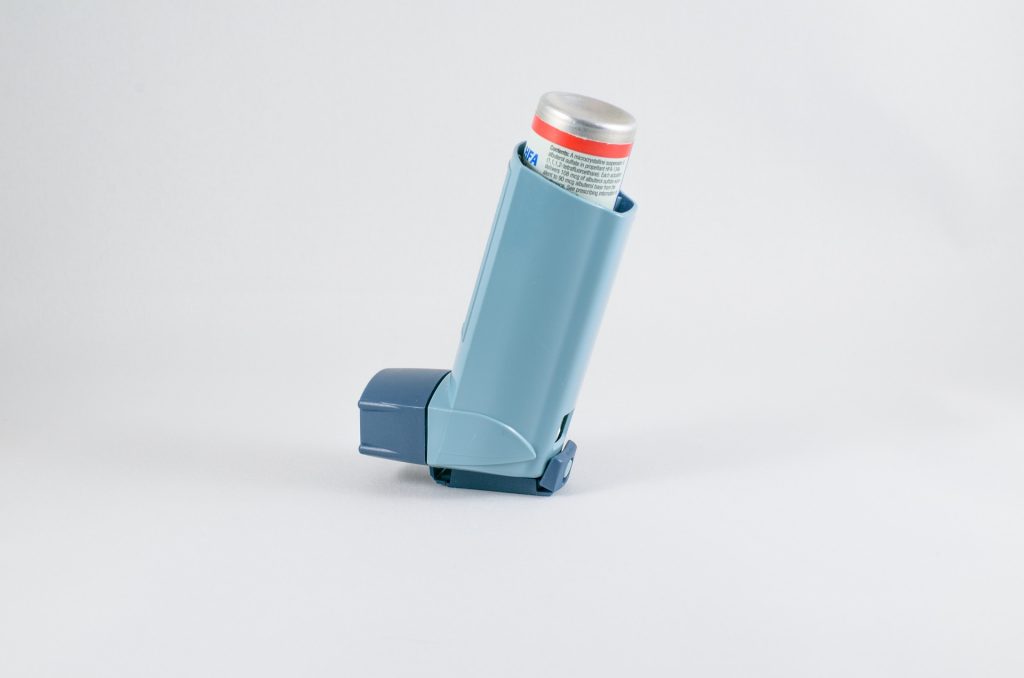Higher Odds of Miscarriage, Needing Fertility Treatment for Women with Asthma

Women who are being treated for asthma are more likely to miscarry and need fertility treatment to get pregnant, according to a large study presented at the European Respiratory Society (ERS) Congress in Vienna, Austria. The study also suggests that most women with asthma are able to have babies.
The study was presented by Dr Anne Vejen Hansen from the department of respiratory medicine at Copenhagen University Hospital, Denmark.
She said: “Asthma is common in women of reproductive age. Previous studies have shown that it takes women with asthma longer to get pregnant than those without asthma when undergoing fertility treatment, and that asthmatic women who succeed in getting pregnant have more often had fertility treatment than non-asthmatic women. But most existing studies are on women who have actually got pregnant, so we wanted to examine fertility outcomes on a national scale, to also include those that might not become pregnant at all.”
The team analysed reproductive outcomes for all Danish women born from 1976 to 1999, following them from 1994 to 2017. In total, 769,880 women were included and followed; anyone who took anti-asthma medication on a regular basis was classified as asthmatic.
They found that women with asthma experienced a higher degree of foetal loss compared to women without asthma (17.0% vs. 15.7%) and more use of fertility treatment (5.6% vs. 5.0%). However, the proportion who subsequently gave birth was 77% in women with and without asthma, suggesting that asthma does not seem to affect the number of live births.
Dr Vejen Hansen said: “We found that women fulfilling the definition of asthma had a higher rate of foetal loss and an increased use of fertility treatment. The more severe the asthma and the more flare ups the women experienced, the more likely they were to need fertility treatment. Why this is, is not clear. It might be related to systemic inflammation throughout the body, including women’s reproductive organs.
“But the numbers also show that these same women who redeem asthma medication still have as many live births in the end as women who don’t. This suggests that most women with asthma probably do manage to become pregnant and have babies in the end.
“We also plan to investigate the possible effect of male asthma on fertility, and, therefore, have another similar registry-based study in the pipeline.”
Professor Lena Uller is Chair of the ERS group on Airway Pharmacology and Treatment and Head of the Respiratory Immunopharmacology research group at Lund University, Sweden, and was not involved in the research. She said: “It’s reassuring that women seem to have the same live birth rate regardless of their asthma. However, the results also indicate that women with asthma should take into consideration potential reproductive challenges in their family planning. If women with asthma are worried about their fertility, they should speak to their doctor.
“The results of this study also underscore the importance of managing asthma in reproductive-aged women. The fact that the more severe the asthma, the more the problems with fertility, suggests that uncontrolled asthma is the problem and we should be helping women to get their asthma under control.”
Source: European Respiratory Society





